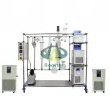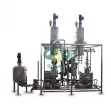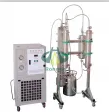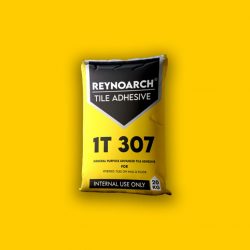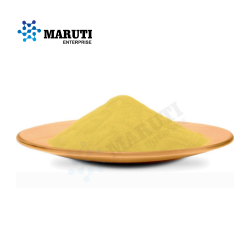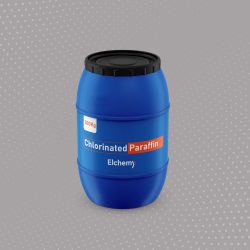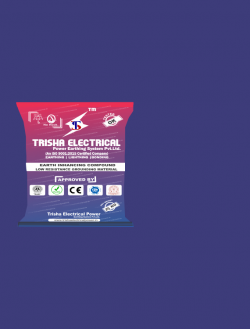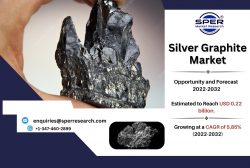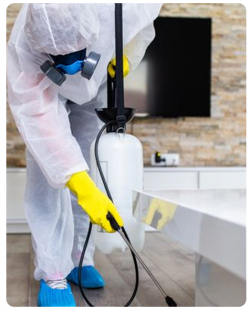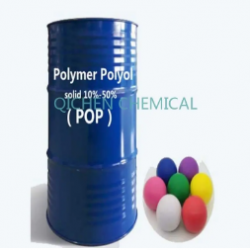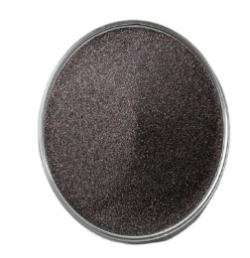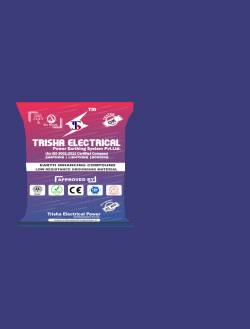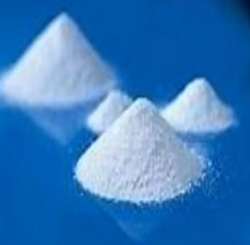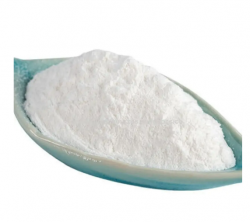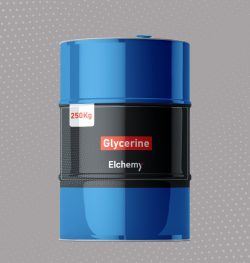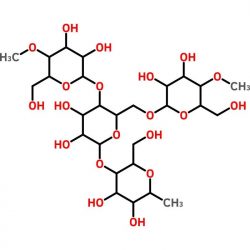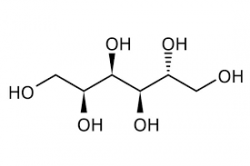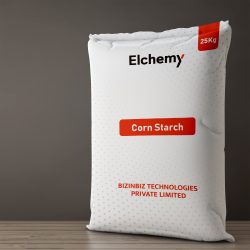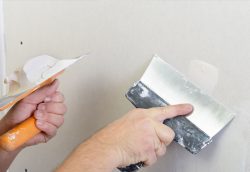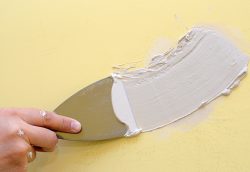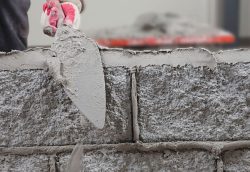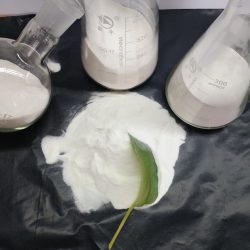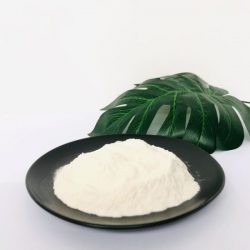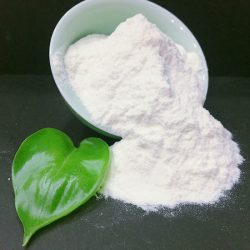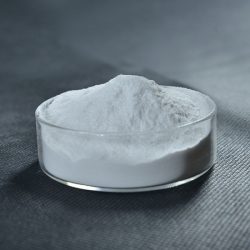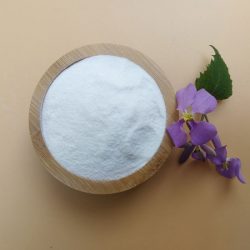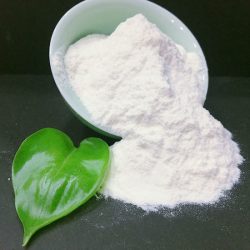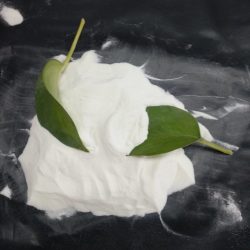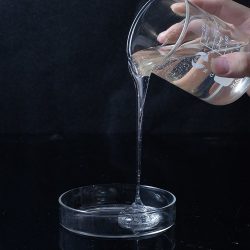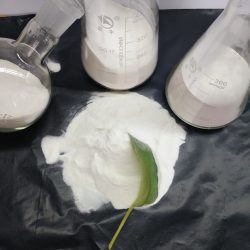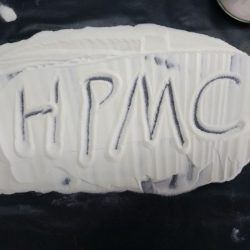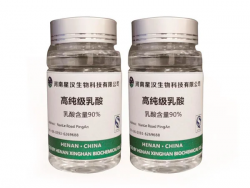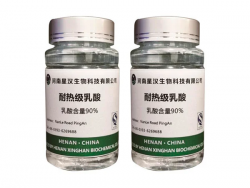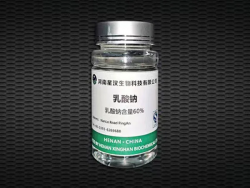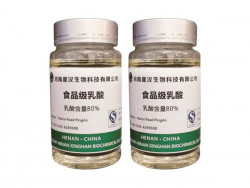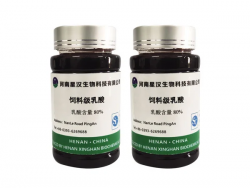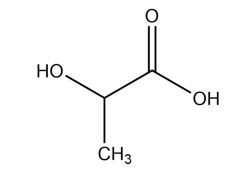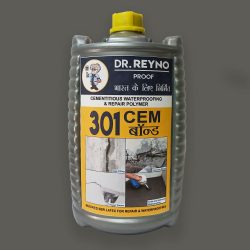What you don’t know about plant extractors?
Whether you’ve heard of closed-loop extraction or not, you’ve certainly heard of the concentrates it produces, such as waxes, flakes and reactive resins. However, hydrocarbon extraction is a bit like the internet; most people probably have a good idea of what it is, but nothing about how it works. Fortunately, unlike the Internet, closed-loop extraction is a fairly straightforward process that hash innovators have greatly improved over the years. Any connoisseur can understand this, whether you are comparing products to buy or considering getting into the focused game yourself. So, in the spirit of education, let’s delve into what closed-loop extraction is, how it works and what products can be produced from a closed-loop system.
There are several steps involved in transporting cannabinoids (such as THC) from point A (where they are located inside the plant) to point B (where they are in concentrated form). Basically, raw cannabis flowers (sometimes ‘fresh frozen’ for live resin preparations) are sprayed with a pressurised solvent, usually refined butane or propane, to separate the cannabinoid and resin producing trichomes from the plant matter. After blasting the plant under high pressure, what remains is a sticky layer of brown or dark yellow resin, which is then cleaned, dried and processed into the desired form of concentrate.
List of closed-loop extraction equipment
As I mentioned before, the cost of getting started with closed-loop extraction will be expensive (especially for larger scale systems). The system is not all you need – add auxiliary components to get everything flowing properly and you are looking at a huge amount of money.
Closed loop extractors
Recovery tanks
Recovery pumps
Refrigerant pumps
Refrigerant scales
CFM pumps
Vacuum Ovens
How does closed-loop extraction work?
Now that you have a basic understanding of closed-loop extraction, let’s get into the details. Closed loop extraction requires several pieces of equipment, the number and complexity of which depends on the equipment you are building. The most basic setups can cost up to $5,000, while high quality commercial grade setups can cost from $30,000 to $500,000 to run.
We will start with a basic setup. With the exception of piping and valves, any closed loop extraction system starts with a pressurised solvent tank containing high quality laboratory grade butane or propane. Using a pressurised pump, the solvent is sprayed onto the plant material in the blast chamber, thereby separating the cannabinoid-producing trichomes and terpenes from the rest of the material. The resulting resin is then pumped out of the collection chamber and into a vacuum oven for the second step of the closed-loop extraction: purging.
Inside the vacuum oven, the chamber is depressurised using a recovery pump. This creates a vacuum that pulls out any residual bubbles of butane or solvent from the unfinished concentrate. As these bubbles expand and burst, their toxic gases are quickly removed from the chamber by the vacuum and captured for re-use. In the final step, the concentrate is heated in a vacuum oven at approximately 110 degrees Fahrenheit for 3 to 10 hours to cook off any persistent traces of solvent or other impurities by evaporation. It is important to note that the concentrate can be ‘processed’ into different products in a number of ways after extraction. Some of these steps will vary depending on the desired end product and many concentration laboratories have their own unique ways of making products.
What products can be produced in a closed-loop system?
Most solvent-based concentrates can be made using a closed-loop system. What makes this system the best is the quality of the product that can be made. Using the correct vacuum ovens, blast chambers and other recovery systems for extraction, THC levels can be as high as 80-90%, while maintaining low solvent and impurity levels.
Most products made by closed-loop extraction fall into the category of butane hash oil (BHO). Products made from BHO have a wide range of consistencies, depending on their liquid and air content, which gives them different names, such as bud, shatter, wax, crumb and active resin. Pure shatter, for example, requires more handling than budder. To obtain a light yellow or brown glassy shatter, all solvents and impurities need to be extracted from the final product, both in terms of a stable vacuum to extract the solvents and impurities from the product and in terms of heating to evaporate residual solvents and remove any remaining air bubbles.
Active resins contain the most active terpenes and can usually only be manufactured in the highest quality closed-loop extractors. Producing high quality active resins requires both freezing the plant material immediately after harvesting and placing it in the extractor less than 36 hours after refrigeration and then running only the frozen solvent over the product. Again, there are many methods and approaches to making active resins (and any concentrates associated with them), but the best products start with a closed-loop extraction system.
Engaged in the plant extract industry with great commercial prospects; enquiries welcome.

